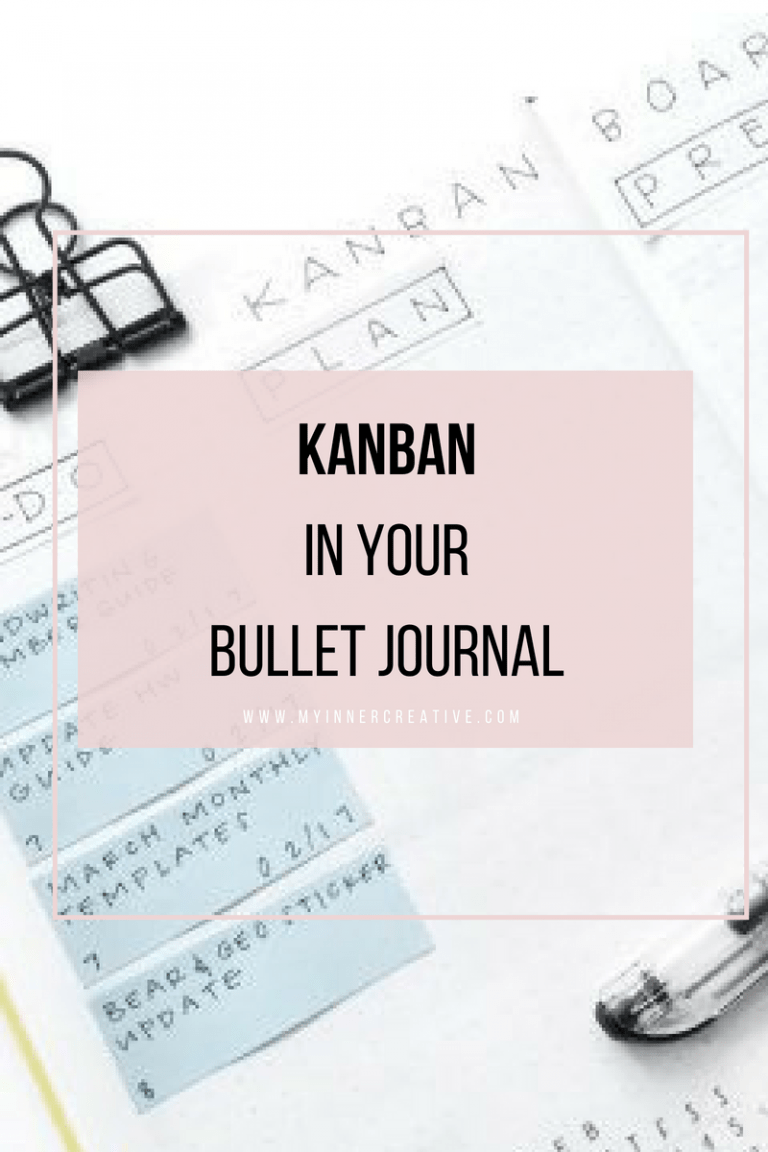The Ultimate Guide to Weight Loss Journaling: Unlocking Your Weight Loss Journey with the Power of Bullet Journaling

Welcome to the world of weight loss journaling! In this comprehensive guide, we will explore how journaling can be a powerful tool to support your weight loss journey. We’ll delve into the art of bullet journaling and its role in tracking progress, staying accountable, and cultivating a positive mindset. Get ready to discover the benefits of weight loss journaling and learn how to create a personalized journal that empowers you on your path to a healthier you. If you are looking for our other weight loss information, head on over here.
Do you want to grab our compressive weight loss printable?
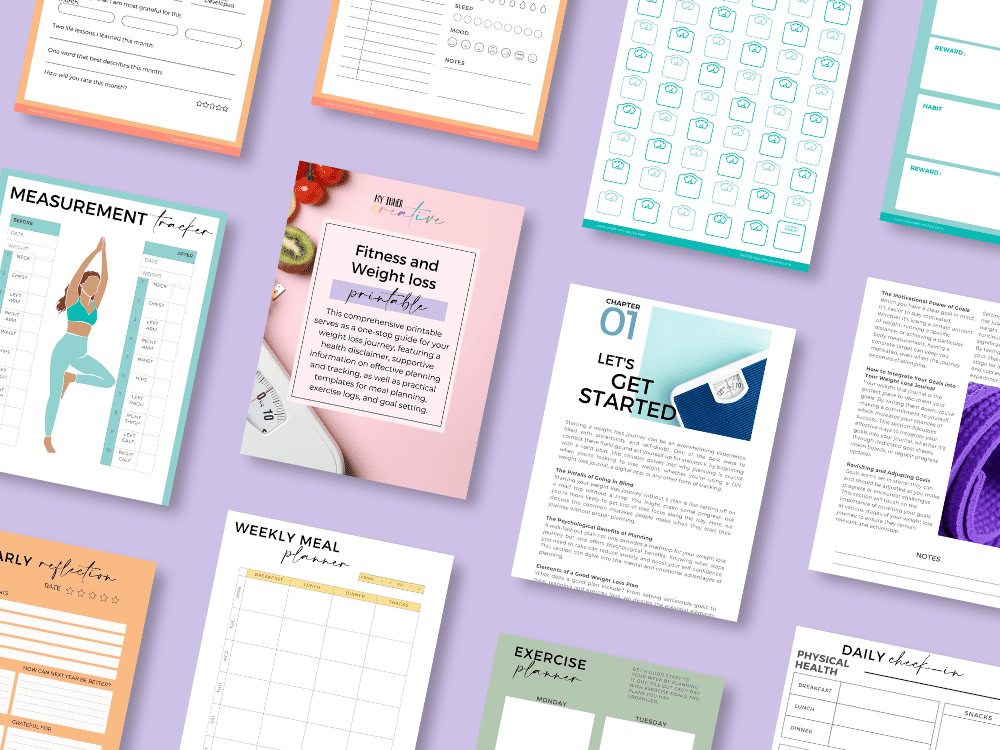
Getting Started with Weight Loss Journaling
Losing weight can be a challenging journey, filled with ups and downs. While there are various approaches to weight loss, one underrated tool that can make a significant difference is journaling. Yes, you heard that right! Keeping a journal can help you unlock the power of your weight loss journey. Journaling can help you identify patterns, track your progress, and gain insights into your habits and behaviors.
By recording your thoughts and feelings, you can gain clarity and focus on your goals. Moreover, journaling can be a therapeutic experience that allows you to process your emotions and find motivation to keep going. In this article, we will explore the power of journaling for weight loss and provide you with tips on how to get started. So, grab a pen and paper, and let’s dive in!
Before you embark on your weight loss journaling adventure, it’s important to understand the basics. In this chapter, we’ll cover everything you need to know to get started. From setting up your weight loss bullet journal to selecting the right tools and materials, we’ll guide you through the initial steps. We’ll also discuss how to integrate journaling into your daily routine, ensuring consistency and maximizing the benefits of your efforts.
Grab 30 days of weight loss prompts!
Sign up now to get exclusive access to the ultimate Bullet Journal printable same that transforms your weight loss journey into an adventure!
The Importance of Tracking Progress in weight loss
One of the most significant benefits of journaling for weight loss is that it helps you track your progress. When you’re trying to lose weight, it’s essential to keep track of your weight, measurements, and other relevant metrics to gauge your progress. However, journaling goes beyond just tracking numbers. It allows you to record how you feel, what you eat, and how much you exercise. By doing so, you can identify patterns and make adjustments to your diet and exercise routine accordingly.
Moreover, journaling can help you celebrate your successes and reflect on your challenges. When you see progress in your journal, it can be a great source of motivation to keep going. On the other hand, when you face setbacks, journaling can help you identify what went wrong and how you can improve. Tracking your progress through journaling can help you stay accountable and focused on your weight loss journey.
Accountability is crucial for weight loss journaling to be effective. One way to stay accountable is to share your journal with a friend or family member. You can also join a weight loss support group or hire a personal trainer or nutritionist to help you stay on track. Moreover, setting specific, measurable goals and tracking your progress can help you stay accountable to yourself.
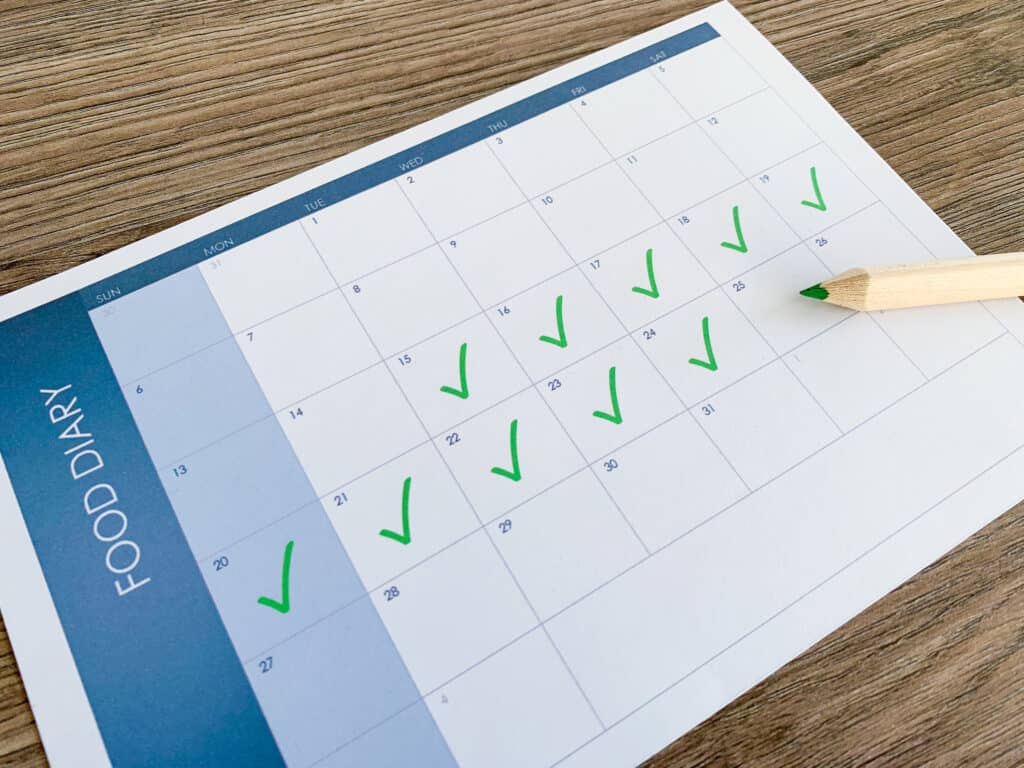
Designing Your Weight Loss Bullet Journal Template
A well-designed journal template is key to effective weight loss journaling. In this chapter, we’ll explore various bullet journal layouts specifically tailored for weight loss. You’ll learn how to create a personalized template that suits your preferences and goals. We’ll also delve into different tracking methods, such as charts, graphs, and tables, to visually represent your progress. Additionally, we’ll discuss the use of color-coding techniques to enhance organization and tracking.
There are several types of journals you can use for weight loss, depending on your preference and goals. Here are some of the most popular options:
Food Journal
A food journal is a great way to track what you eat and how much. You can record your meals and snacks, including the time and place you ate them. You can also track your calorie intake, macronutrient ratios, and water intake.
Exercise Journal
An exercise journal is a great way to track your workouts and monitor your progress. You can record the type of exercise you did, the duration, and the intensity. You can also track your heart rate, distance, and calories burned.
Mood Journal
A mood journal is a great way to track your emotions and how they relate to your eating habits. You can record how you’re feeling, what triggered your emotions, and how you coped with them.
Gratitude Journal
A gratitude journal is a great way to focus on the positive aspects of your weight loss journey. You can record things you’re grateful for, such as progress you’ve made, supportive friends and family, or the ability to exercise.
Journal Prompts for Weight Loss Success
Journal prompts are powerful tools that can help you unlock insights and overcome challenges on your weight loss journey. In this chapter, we’ll provide a wide range of journal prompts to boost your self-reflection and motivation. We’ll guide you in exploring your goals, identifying motivations, and addressing emotional eating patterns. By utilizing these prompts, you’ll cultivate a positive mindset and develop a deeper understanding of yourself and your relationship with food.
If you’re new to journaling, you may find it challenging to get started. Here are some journaling prompts to help you get started:
– What are your weight loss goals?
– What are your triggers for overeating or making unhealthy food choices?
– What are your favorite healthy meals or snacks?
– What are some creative ways you can incorporate exercise into your daily routine?
– What are some non-food-related ways you can reward yourself for reaching your weight loss goals?
– What are some positive affirmations you can use to stay motivated?
Boosting Accountability with Weight Loss Journal Prompts
Accountability is crucial for achieving weight loss goals. In this chapter, we’ll show you how to enhance accountability through journal prompts. You’ll discover how to monitor your food intake, track nutritional choices, and log exercise routines using effective journaling techniques. We’ll also discuss the importance of identifying patterns and making necessary adjustments based on your journal entries. By staying accountable, you’ll maintain focus and momentum on your weight loss journey.
Creating a Bullet Journal Weight Loss Tracker Printable
Tracking your progress is an essential part of weight loss journaling. In this chapter, we’ll guide you through the process of creating a printable weight loss tracker for your bullet journal. We’ll explore different tracker formats, such as weekly and monthly layouts, and discuss the benefits of each. You’ll learn how to track weight, measurements, and body composition accurately. Celebrating milestones and rewarding yourself along the way will also be covered.
Do you need a weightloss tracker printable? Try this one!

Crafting a Stunning Weight Loss Journal Cover
Your weight loss journal cover sets the tone for your journaling experience. In this chapter, we’ll discuss the importance of creating a visually appealing cover that inspires and motivates you. We’ll explore cover design elements, such as color schemes, images, and quotes, that reflect your unique journey. You’ll gain insights into customizing your cover to create a meaningful and personal touch to your weight loss journal.
Weight Loss Post Ideas: Sharing Your Journey
As you progress on your weight loss journey, sharing your experience can inspire and motivate others. In this chapter, we’ll explore various weight loss post ideas for your blog or social media platforms. We’ll discuss documenting your progress through photos, sharing testimonials, and offering helpful tips, tricks, and lessons learned. By connecting with others in the weight loss community, you can create a supportive network and have a positive impact on others.
Many people have achieved their weight loss goals through journaling. One success story is that of Sarah, who lost 50 pounds by keeping a food journal. Sarah realized that she was eating mindlessly and not paying attention to portion sizes. By keeping a food journal, she became more aware of what she was eating and how much. She also identified her triggers for overeating, such as stress and boredom, and created a plan to avoid them.
Another success story is that of John, who lost 30 pounds by keeping an exercise journal. John realized that he was not pushing himself enough during his workouts and was not seeing results. By keeping an exercise journal, he was able to track his progress and see where he needed to improve. He also found that writing down his workouts helped him stay motivated and accountable.
Advanced Weight Loss Journaling Techniques
In this section, we’ll dive into advanced weight loss journaling techniques to take your practice to the next level. We’ll explore incorporating meal planning and recipe tracking into your journal, ensuring a well-balanced approach to nutrition. Additionally, we’ll discuss how journaling can help manage stress, emotions, and their impact on weight loss. You’ll also learn how to track sleep patterns and understand their relationship with your weight loss efforts.
Journaling can enhance your weight loss results in several ways. Firstly, it can help you identify your triggers and patterns. When you journal, you can record what you eat, when you eat, and how you feel afterward. By doing so, you can identify any emotional or situational triggers that may be causing you to overeat or make unhealthy food choices. Once you identify your triggers, you can create a plan to avoid them and make healthier choices.
Secondly, journaling can help you stay mindful of your eating habits. Often, we eat mindlessly, not realizing how much we’re consuming. Journaling can help you become more aware of what you’re eating and how much. By writing down what you eat, you can also track your calorie intake, which can be helpful if you’re trying to lose weight.
Lastly, journaling can help you stay accountable to yourself. When you write down your goals and track your progress, you’re more likely to stick to your plan. Moreover, when you see progress in your journal, it can be a great source of motivation to keep going.
Journaling is only effective if you do it consistently. Here are some tips to help you stay consistent:
– Set aside a specific time each day to journal, such as after breakfast or before bed.
– Keep your journal in a visible place, such as on your nightstand or desk.
– Use a journal that you enjoy writing in and that reflects your personality.
– Make journaling a habit by doing it at the same time every day.
– Don’t worry about being perfect or writing a certain amount every day. Just write what comes to mind.
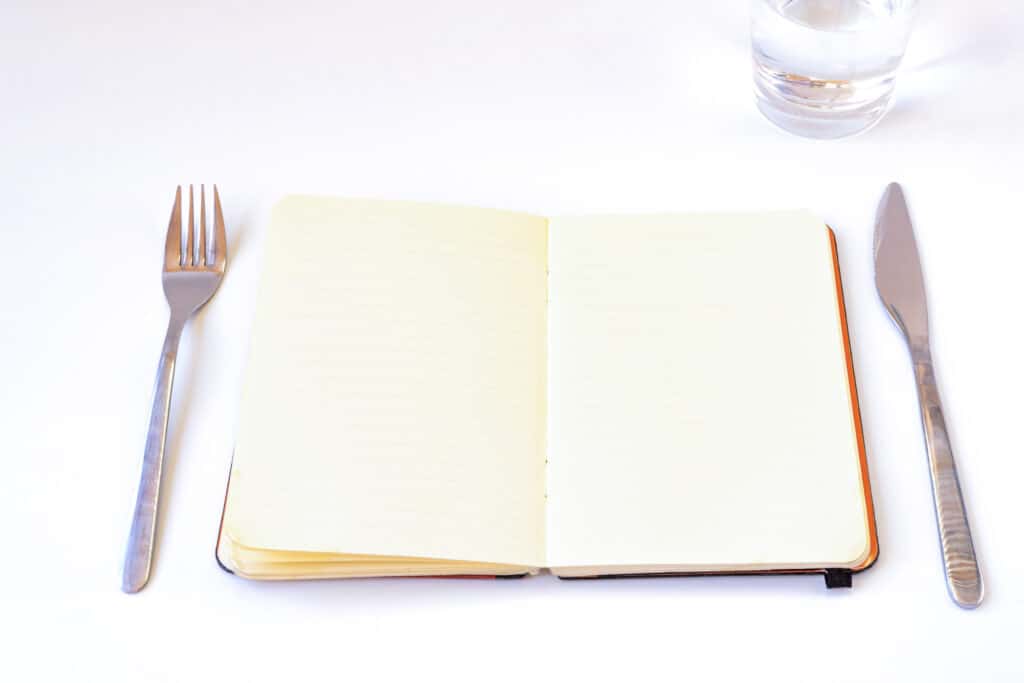
Your Go-To Guide for Creating a DIY Weightloss Journal
Starting a weight loss journey is challenging, but having a dedicated journal can make a world of difference. If you’re wondering how to create your own DIY weight loss journal, you’ve come to the right place. Here’s a step-by-step guide.
Materials Needed:
- Notebook: Choose a notebook that you’ll enjoy using. It can be a spiral notebook, a bound journal, or even a digital app.
- Writing Tools: Invest in a good set of pens, perhaps in multiple colours to categorize different types of entries.
- Sticky Tabs: These will help you navigate through your journal easily.
- Stickers or Stamps: For visual cues and motivation.
- Measuring Tools: A small tape measure or a set of calipers for body measurements.
- Optional: Washi tape, glue, scissors, and other craft supplies for those who want to get extra creative.
Steps to Follow:
- Section Planning: Before you start writing, plan the different sections you want in your journal. Common sections include Daily Logs, Meal Plans, Exercise Schedules, and Progress Trackers.
- Initial Setup:
- Write down your starting weight, measurements, and perhaps even a ‘before’ photo.
- List your short-term and long-term goals, both in terms of weight and lifestyle changes.
- Daily Logs:
- Record your daily meals, caloric intake, and macros if you’re tracking those.
- Make a note of your daily physical activity.
- Include a section for daily reflections or feelings.
- Weekly Overview:
- At the end of each week, review your journal entries and note down any patterns or areas for improvement.
- Update your weight and measurements.
- Monthly Check-in:
- Compare your monthly progress to your initial baseline stats.
- Revisit and perhaps revise your goals.
- Include a set of ‘progress photos’ to visually track changes.
- Decoration and Personalisation:
- Use your craft supplies to add a personal touch. Decorate your journal so that it becomes something you look forward to using.
Maintenance Tips:
- Consistency is Key: Try to update your journal at the same time every day to make it a habit.
- Review and Adjust: Periodically review your journal to see what’s working and what isn’t. Make adjustments as needed.
- Seek Inspiration: Whenever you feel stuck or demotivated, go through your journal to remind yourself of your progress and reignite your motivation.
- Backup: If you’re using a physical journal, consider taking photos of important pages as a backup. For digital journals, make sure to regularly save or backup your data.
Digital vs. Physical Journals for Weight Loss
When it comes to journaling for weight loss, you may be wondering whether to use a physical journal or a digital one. Both have their pros and cons. A physical journal can be more tactile and personal, and you can carry it with you wherever you go. On the other hand, a digital journal can be more convenient, and you can easily search and organize your entries. Ultimately, it comes down to personal preference.
Wrapping up your weight loss journey bullet journal ideas
As we wrap up this comprehensive guide to weight loss journaling, take a moment to reflect on your journey. Celebrate the progress you’ve made and the growth you’ve achieved. Remember to stay consistent with your journaling practice and continue adapting it to your evolving needs. By sharing your experience and supporting others, you can make a lasting impact in the weight loss community. Best of luck on your ongoing weight loss journey!

Answers to Common Questions About Weight Loss Journals
1. What are some creative weight loss journal ideas?
A weight loss journal doesn’t have to be a drab notebook filled with numbers. You can spruce it up with creative elements that make the journey enjoyable. Here are some ideas:
- Vision Board: Include a vision board section where you paste pictures of your fitness goals or inspirational quotes.
- Meal Planner: Add a weekly meal planner that includes grocery lists and perhaps even recipes.
- Progress Photos: Dedicate a section for monthly progress photos to visually track your weight loss.
- Mood Tracker: Create a mood tracker to understand how your emotional state affects your eating habits.
- Rewards System: Implement a rewards system where you earn points or stickers for hitting certain milestones.
2. How can I DIY a Weightloss Journal?
Creating your own weight loss journal is a rewarding process. Here’s how to DIY:
- Select a Notebook: Choose a notebook that resonates with you. It can be a simple spiral notebook or a fancy leather journal.
- Organise Sections: Create sections like daily logs, meal plans, exercise schedules, and so on.
- Add Tabs: Use sticky tabs to easily navigate through sections.
- Beautify: Use coloured pens, stickers, or washi tape to make your journal visually appealing.
- Digital Option: If you’re tech-savvy, you can even create a digital journal using apps or software.
3. Why is a Journal for Weight Loss Effective?
A journal for weight loss serves as an accountability partner. It helps in:
- Tracking Caloric Intake: Writing down what you eat helps you become more aware of your caloric intake.
- Setting and Monitoring Goals: Documenting your goals makes them more tangible and easier to achieve.
- Identifying Patterns: Over time, you can identify eating patterns or triggers for unhealthy habits.
- Emotional Support: Journaling your feelings can provide a therapeutic outlet, reducing emotional eating.
4. What Should I Include in My Weight Loss Journal?
Your weight loss journal should be comprehensive yet simple enough to update daily. Include:
- Daily Food Log: Record every meal, snack, and drink.
- Exercise Log: Document your daily physical activities and duration.
- Weight Tracker: Weekly or monthly weigh-ins to monitor progress.
- Goal Section: List out short-term and long-term goals.
- Notes Section: A place for reflections, struggles, and victories.
Grab 30 days of weight loss prompts!
Sign up now to get exclusive access to the ultimate Bullet Journal printable same that transforms your weight loss journey into an adventure!
5. Can a Lose Weight Journal Actually Help Me Shed Pounds?
Yes, a ‘lose weight journal’ can be a powerful tool in your weight loss journey for several reasons:
- Accountability: Writing things down makes you more accountable for your actions.
- Motivation: Seeing your progress in black and white can serve as a great motivator.
- Insight: A journal can provide valuable insights into what works for you and what doesn’t, allowing you to adjust your strategy accordingly.
- Discipline: The act of daily journaling instills a sense of discipline, crucial for long-term weight loss success.
6. How Often Should I Update My Weight Loss Journal?
The frequency with which you update your weight loss journal largely depends on your personal preferences and lifestyle. However, there are some general guidelines you might find useful:
- Daily Logs: It’s beneficial to update your meal and exercise logs daily. This can help you keep track of your caloric intake and exercise regimen in real-time.
- Weekly Updates: Consider doing a weekly review where you look back at your progress, note down any patterns, and perhaps update your weight and body measurements.
- Monthly Check-ins: A more in-depth review can be done on a monthly basis, where you compare your current stats to your goals and make any necessary adjustments to your plan.
The key is consistency; the more regularly you update your journal, the more useful it will be in helping you understand your weight loss journey.
7. Can I Include Exercise Plans in My Weight Loss Journal?
Absolutely, including exercise plans in your weight loss journal is not only allowed but encouraged. Exercise plays a crucial role in weight loss and overall health, so it makes sense to document it along with your dietary habits. Here are some tips:
- Workout Calendar: Dedicate a section or page to a calendar where you can plan your workouts in advance.
- Exercise Log: Just as you log your meals, log each workout session detailing the type of exercise, duration, and intensity.
- Progress Tracker: Keep track of your strength and endurance levels by noting down how much you can lift, how long you can run, or how many reps you can perform.
- Rest and Recovery: Don’t forget to include rest days and any recovery routines like stretching or foam rolling.
8. Is It Okay to Have a Digital Weight Loss Journal?
Yes, a digital weight loss journal is a perfectly acceptable alternative to a traditional paper journal. In fact, it offers some advantages:
- Accessibility: You can update it anywhere, anytime, as long as you have your device with you.
- Search Functionality: It’s easier to search for specific entries, which can be incredibly useful for tracking patterns over time.
- Integration: Many apps integrate with other health and fitness apps, providing a more holistic view of your health.
- Backup: Your entries are automatically saved and backed up, reducing the risk of loss.
However, some people find the act of physically writing in a journal to be therapeutic and more tangible. The best format for you will depend on your personal preferences and lifestyle.
Unleash the Power of Free Printables in Your DIY Weight Loss Journal
Let’s face it, weight loss can be a challenging journey. But what if I told you that a simple yet powerful tool like a weight loss journal could make all the difference? And not just any journal, but a DIY weight loss journal loaded with free printables tailored for your fitness goals.
Why Use Free Printables in Your Weight Loss Journal?
Printables are incredibly useful because they provide structure and organization to your journal for weight loss. When you’re trying to lose weight, journal organization can make or break your progress.
- Ease of Use: One of the significant benefits of free printables is that they’re incredibly user-friendly. You don’t need to be a design guru; simply print and paste them into your journal.
- Customization: Free printables often come in various formats, letting you choose what best suits your weight loss journal ideas.
- Accessibility: The best part? They’re free! This makes it easy for anyone to start their journal for weight loss without any financial barriers.
Types of Free Printables You Can Include
- Meal Planners: Plan your meals for the week, making it easier to stick to a healthy diet.
- Exercise Logs: Keep track of your workouts to ensure you’re hitting your fitness targets.
- Mood Trackers: Monitor your emotional well-being, which is crucial when you’re aiming to lose weight.
- Goal Sheets: Set short-term and long-term goals and track your progress towards achieving them.
- Daily Logs: Document your daily caloric intake, physical activity, and even your water consumption.
How to Incorporate Free Printables into Your DIY Weight Loss Journal
- Download: Look for websites offering free weight loss journal printables. Make sure to choose ones that align with your weight loss journal ideas.
- Print: Once downloaded, print them out. Use good quality paper for durability.
- Organize: Use sticky tabs or dividers to categorize the printables in your lose weight journal.
- Update: Make it a habit to regularly update the printables, ensuring they reflect your current goals and routines.
Ready to Start Your Journey?
Starting a weight loss journal is the first step towards a healthier you. And with these free printables, you’re not just keeping a journal; you’re crafting a personalized tool that will help you lose weight more effectively.
So, what are you waiting for? Click here to download our exclusive collection of free printables and kickstart your DIY weight loss journal today!

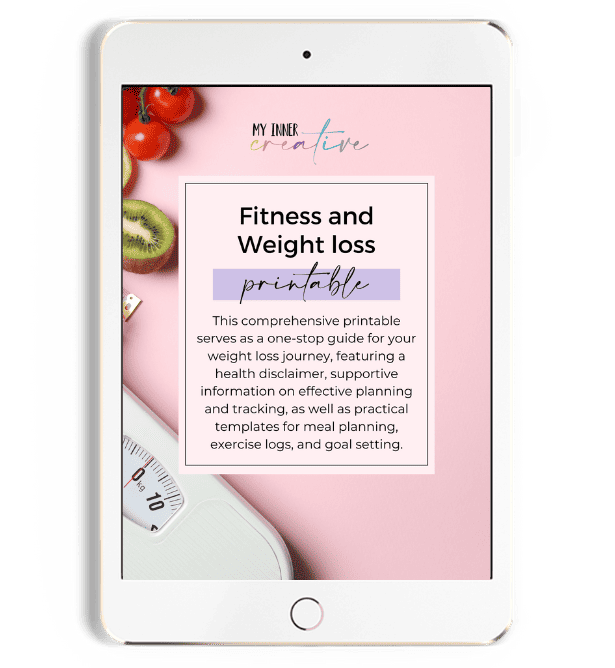
![50+ Examples – Creating the perfect Level 10 Life bullet Journal page – [Free Printable]](https://myinnercreative.com/wp-content/uploads/2018/04/MIC-Blog-Post-Covers-768x768.png)




